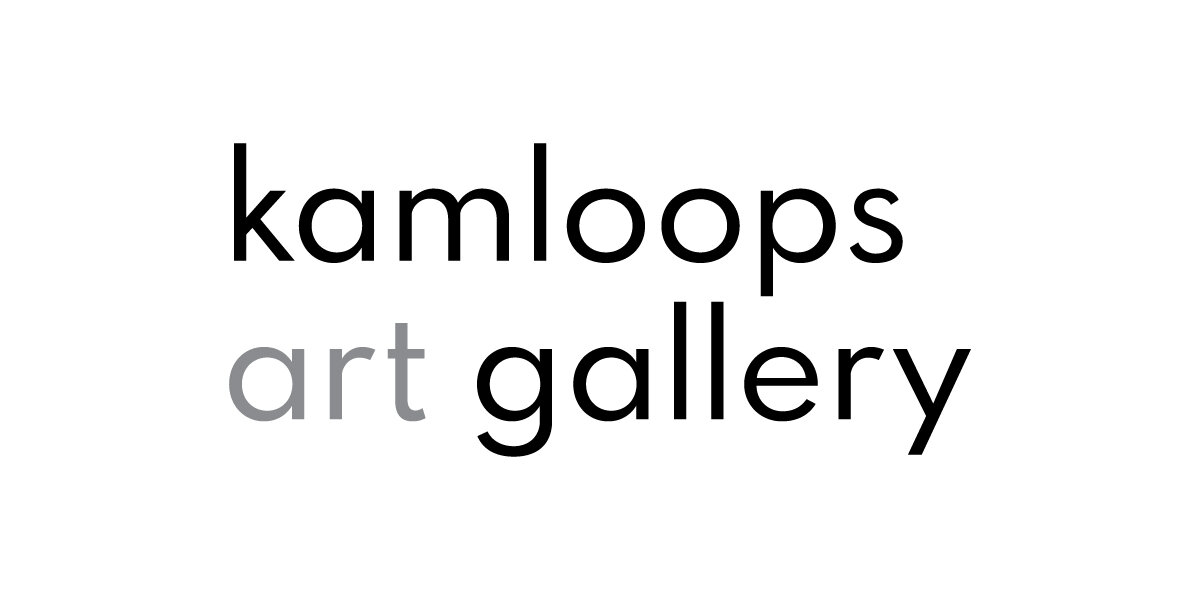Historical Sequential Comic
Lesson Plan Activity:
Historical Sequential Comic: Grade 7-9
Final Product Description:
Students will develop comic strips; using minimum 8 separate illustrations with accompanying text. Students will have to select the space appropriate to tell the story they have collected. Students will make choices about how they edit the content. Characters and scene will be developed and carried through their telling.
Description: Students will select a Kamloops community member and interview them about their knowledge and experiences of the Thompson River(s). They will then translate/transcribe these interviews into a series of sequential narrative drawings (comics). Integrating text and image, students will engage in processes and concepts key to the practice of Esther Shalev-Gerz and will work to visually depict the subtleties in the stories they have collected. Students will fill in gaps or spaces in the interview content with their own knowledge/experience and/or additional research.
Theory:
Students will (notes taken from BC curriculum PLOs):
-interpret speaker’s verbal and non-verbal messages, purposes and perspectives
-begin to identify contradictions, ambiguities, bias and a shift in opinion
-identify what is not included
-create a combination of informational, personal and imaginative writing
-understand perspectives of others
-make connections between texts and personal experiences
-use a variety of image sources to create images
-draft and refine ideas related to fields other than visual arts, using various image development strategies
-create images that will respond to historical and contemporary images and issues
-select and summarize information from primary, secondary and non-print sources
- assess how identity is shaped by a variety of factors, including family, gender, belief systems, ethnicity and nationality
-analyze roles of organisms as part of interconnectedness, food webs, populations, communities and ecosystem
Creation:
Students will begin by interviewing a selected subject and recording the stories or information from the interview. They will make choices about which information they will use in their drawings. Using drawing media, students will create a series of two-dimensional narrative images in the form of a comic strip (or another sequential graphic format) based directly on the content collected in their interview process.
Analysis:
In group discussion, students will address key concepts connected to Esther Shalev-Gerz’s exhibition
White-Out: Between Telling and Listening. Investigating the development of individual and collective memory, the interplay and overlap between fiction and reality and the nature of storytelling.
Cross Curriculum Links: “Visual arts,” “Social Studies” “English Language Arts” “Drama” and “Science”
Duration:
Research /Interview session: 1 hour session
Drawing sessions: two hour long sessions
Look & Discuss:
- Explore other narrative artworks from art history, such as the Bayeux Tapestry.
-Ask students to discuss the perspective from which the story is told. Who is telling the story, who is featured in the story?
-Select a character in the imagery that is not the main character. Think about the story/history of this character. Why do you think they have been left out of the primary narrative? Why do you think another character is feature more prominently?
-Discuss with students other narrative formats they have used or have seen used.
-history of storytelling though serialized imagery
-how is this way of telling different than other historical texts you have read (ie. School textbooks, educational videos, lectures, book etc.)?
-have a discussion about review sources and assessing reliability. How do we decide we can trust one resource and not another?
-did you let your reader know when you altered the content or added it? Why or why not?
-ask students to describe and share their interviewing process with the class. What did you notice? How did the person tell the story? Did the storyteller layout a chronology? Were there gaps or space in the telling? Could they remember everything easily?
Materials:
White cartridge paper/drawing paper
Questionnaire (see suitcase contents)
Pencils/pens/coloured pencils/ markers
Preparation Tasks:
-give students access to research resources, both print and non-print sources
-ask students to review comics they are familiar with
-refresh students on the processes of research
Create
Take it Further:
Students as a class could compile content into a larger book of collected histories of the Thompson Rivers.
